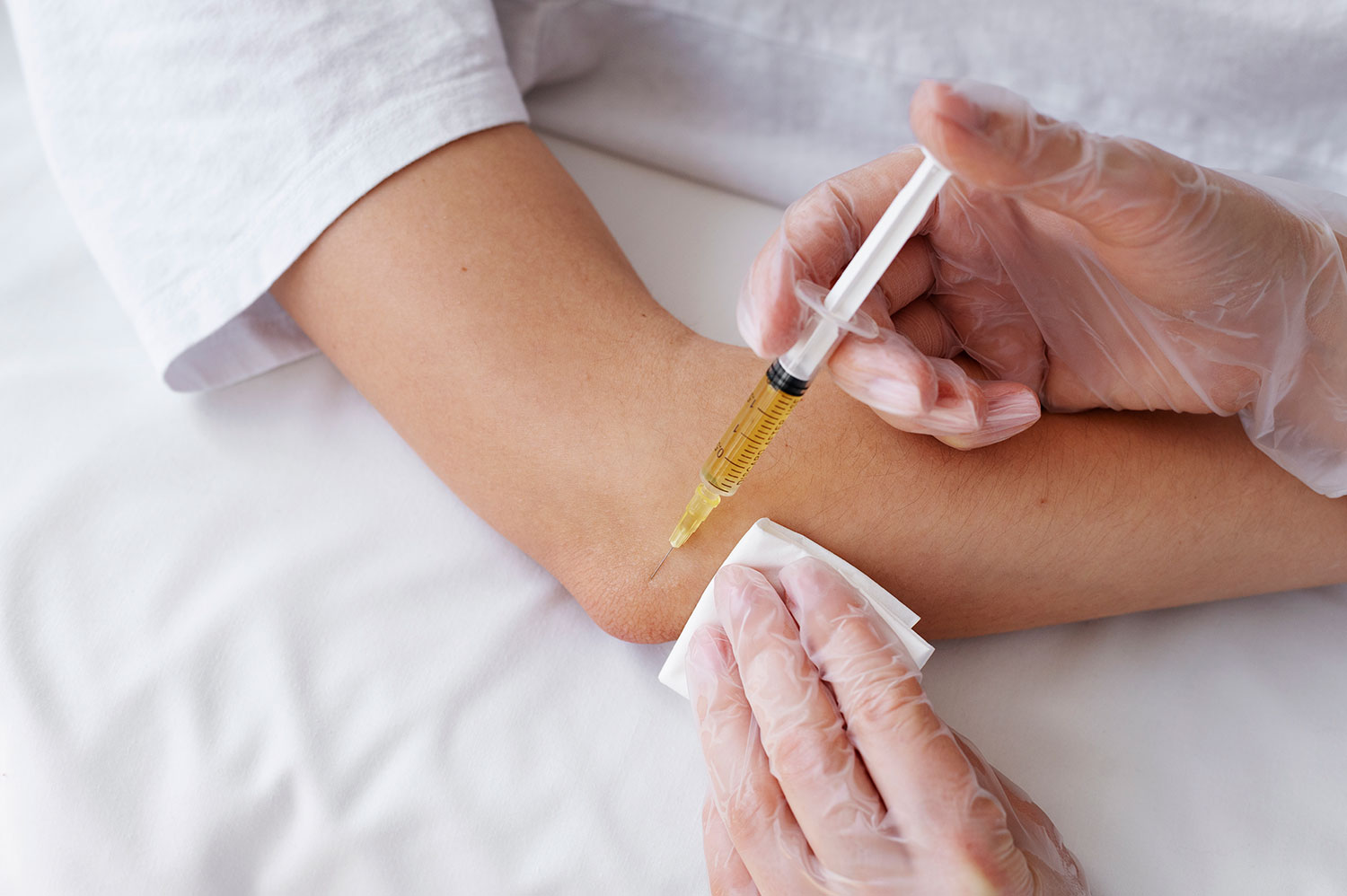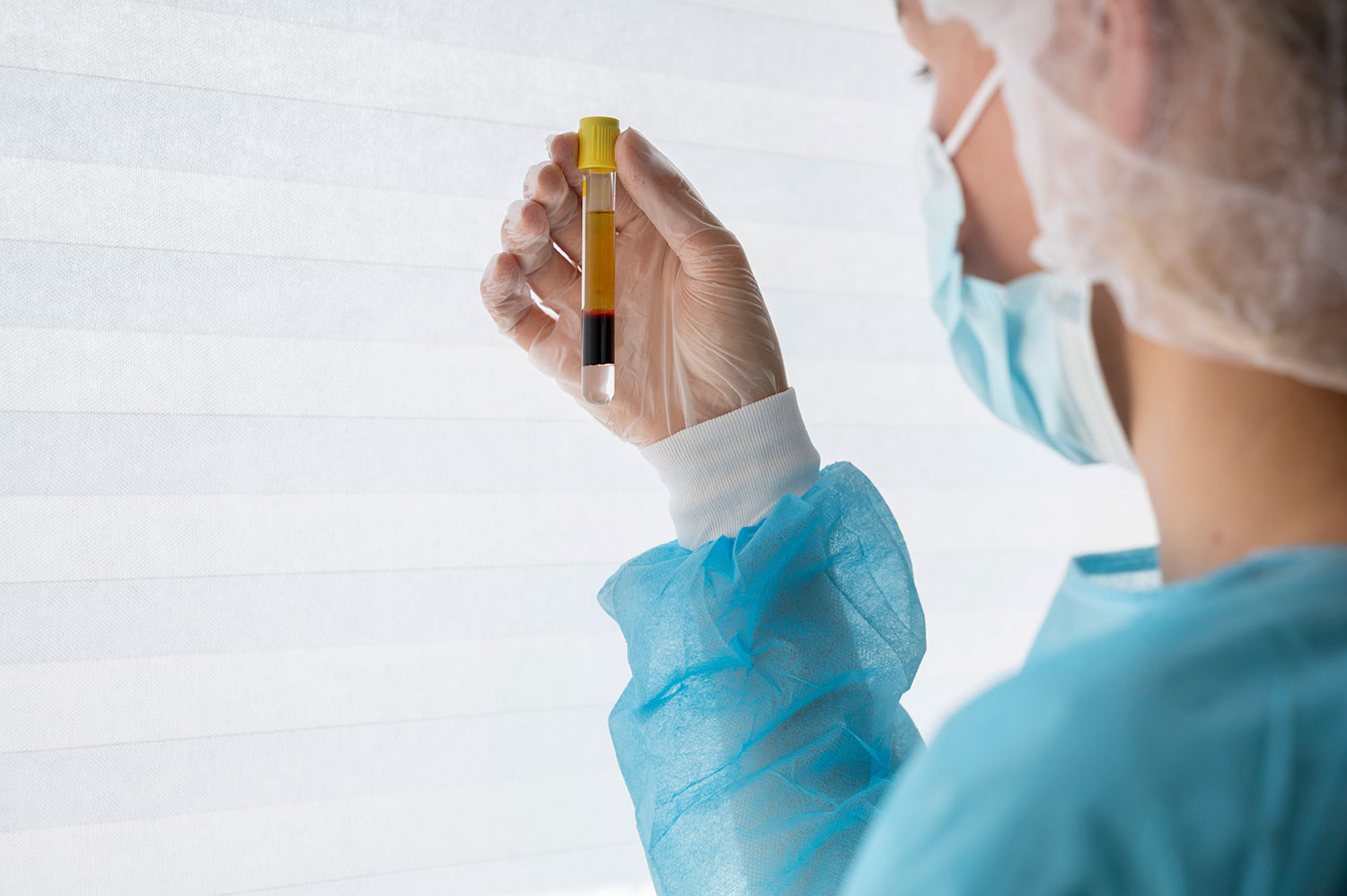It contains a high concentration of platelets—blood cells rich in growth factors. These growth factors are natural proteins that regulate and enhance tissue healing, cellular regeneration, and inflammation reduction. The process of obtaining PRP is simple: PRP works by stimulating the body’s own healing mechanisms. The growth factors released by the activated platelets: In essence, PRP therapy doesn’t introduce anything foreign—it enhances and accelerates the body’s own regenerative capacity. PRP is widely used in treating: PRP injections can help reduce pain, improve mobility, and in many cases delay or even avoid surgery—especially in early stages of joint degeneration. In aesthetic medicine, PRP is popularly known as the “vampire facial” and is used to: PRP boosts collagen and elastin production, offering natural, gradual, and long-lasting facial rejuvenation. PRP therapy is highly effective in treating: Its regenerative and anti-inflammatory properties enhance healing, reduce infection risk, and promote tissue reconstruction, significantly improving patient quality of life. PRP represents one of the most promising modern therapeutic tools, bridging regenerative medicine with rehabilitation and aesthetics. It provides safe, natural solutions for functional and cosmetic concerns by harnessing the body’s inherent ability to heal and renew itself. What Is PRP (Platelet-Rich Plasma)?
1.A small amount of blood is drawn from the patient.
2.The blood is placed in a centrifuge to separate its components.
3.The platelet-rich plasma is collected and injected into the targeted area.

How PRP Works
Applications of PRP
1. Musculoskeletal and Orthopedic Conditions
2. Aesthetic and Dermatological Use – Facial Rejuvenation
3. Chronic Wound Healing and Pressure Ulcers


Benefits of PRP Therapy
- Home
- Attica
- Meet The Team
- Conditions
- Specialized Clinics
- Multiple Sclerosis Clinic
- Clinic for Muscle Tone Disorders and Spasticity
- Clinic for Neurogenic Bladder & Neurogenic Bowel
- Sports Injuries Department
- General Physical Medicine and Rehabilitation Clinic
- Cognitive Rehabilitation Clinic
- Balance & Gait Re-education Clinic
- Biomedical Acupuncture Clinic
- Speech Disorders Clinic
- PRP Injection Clinic
- Technological Innovations
- Services
- News
- Contact

